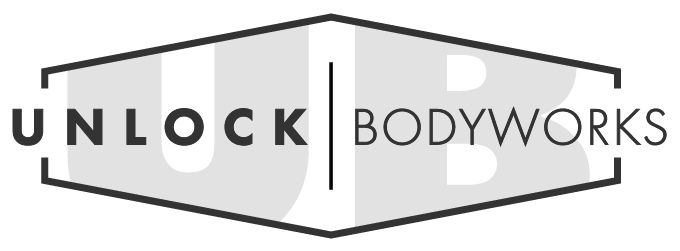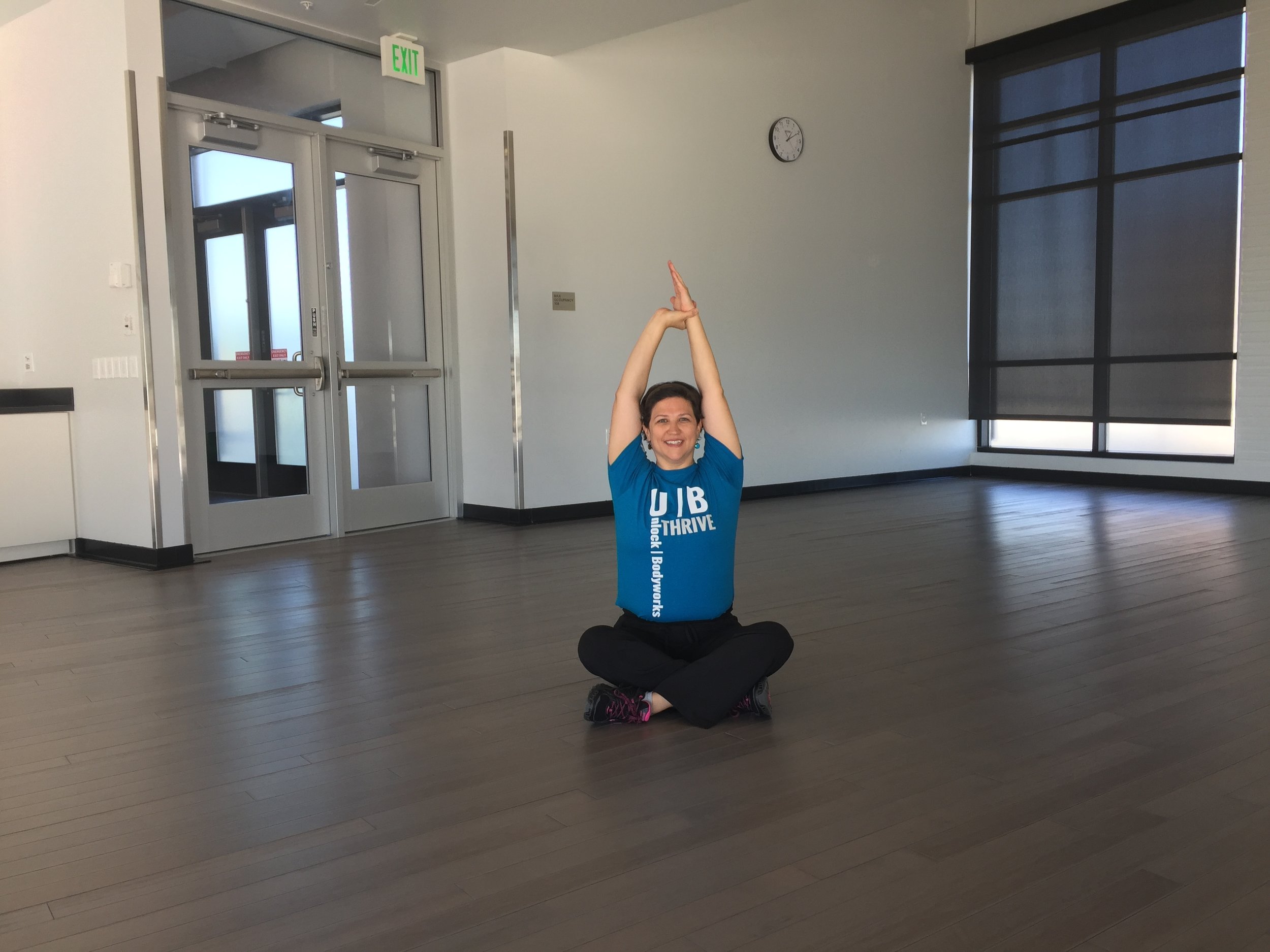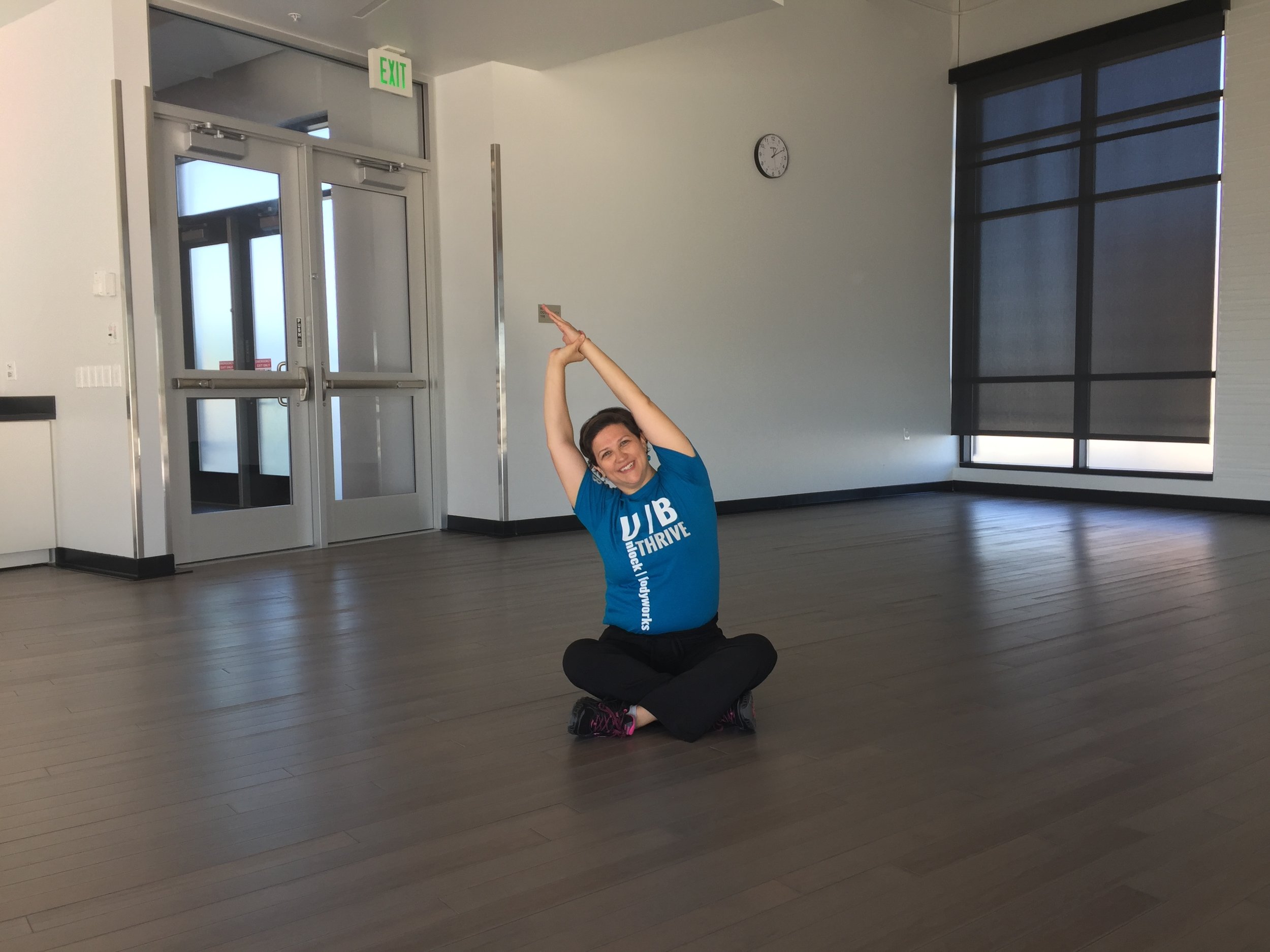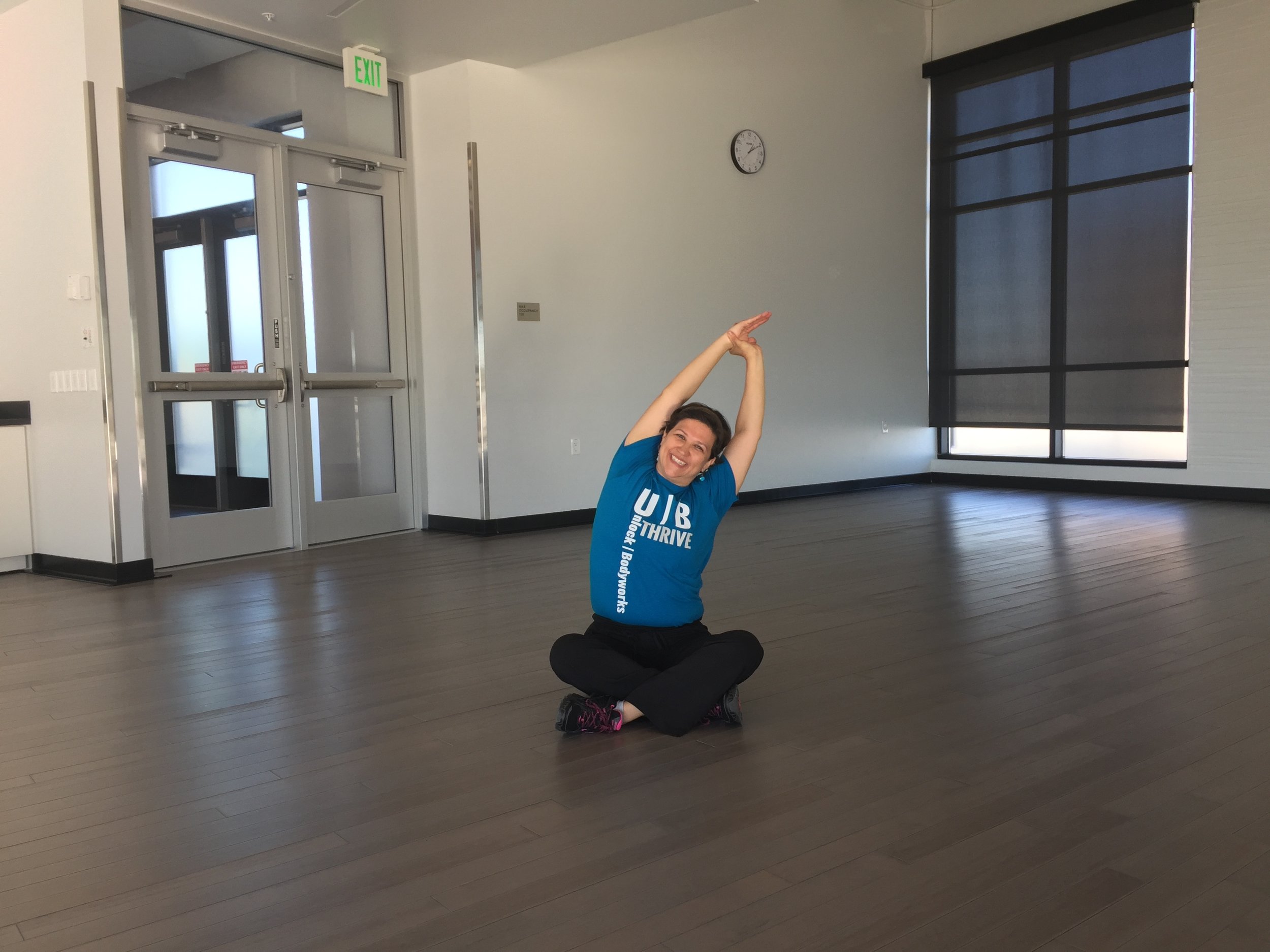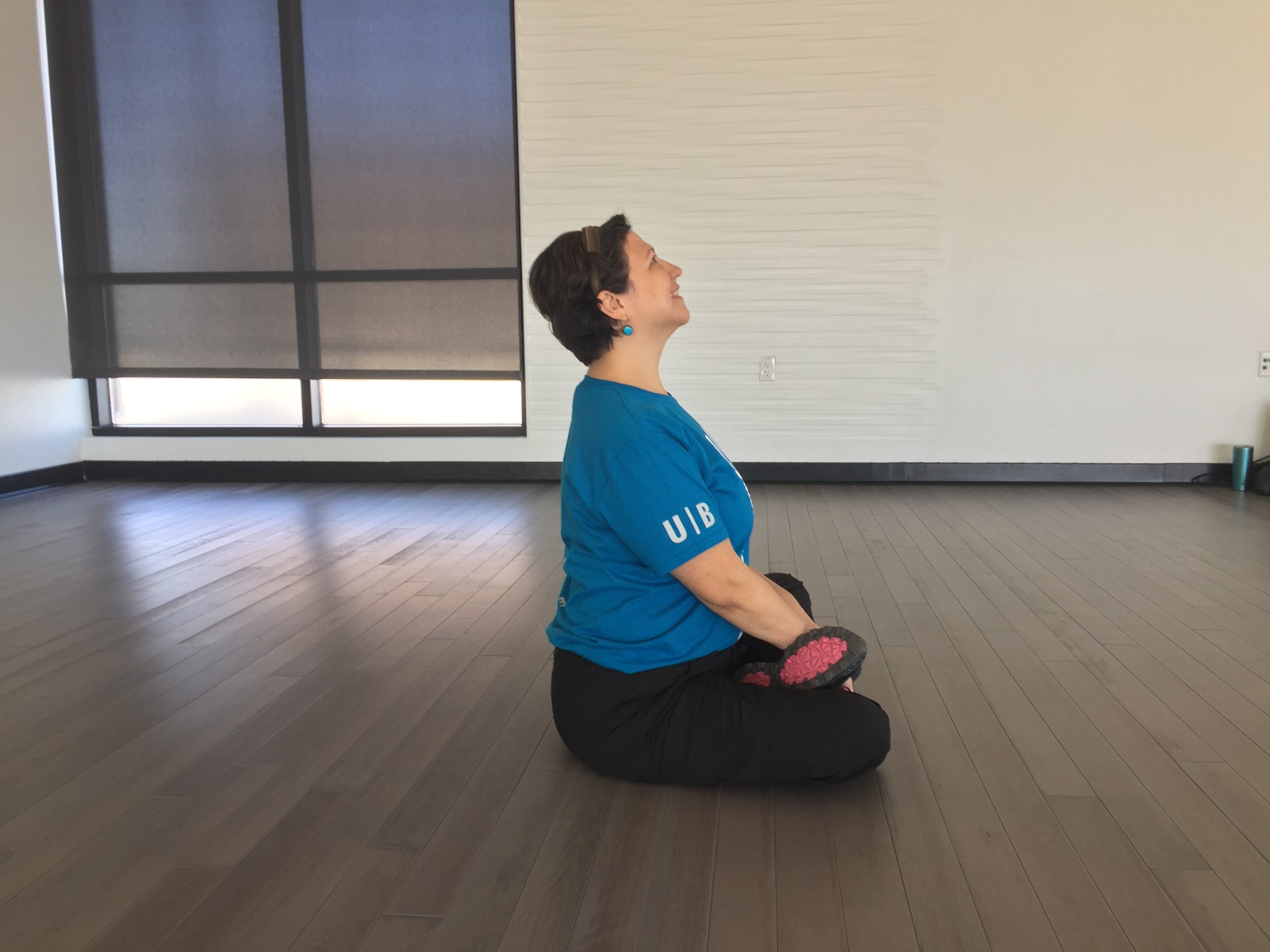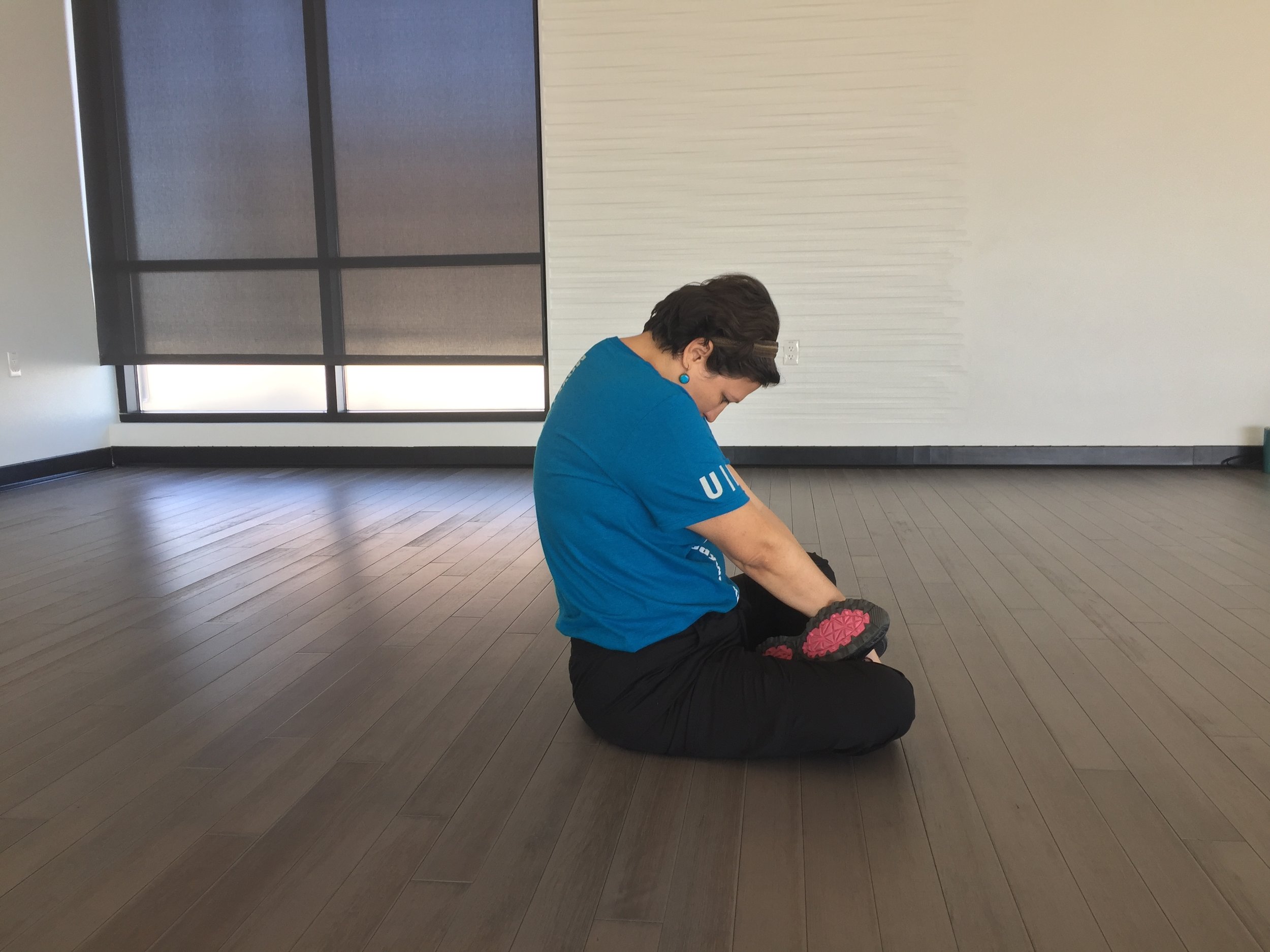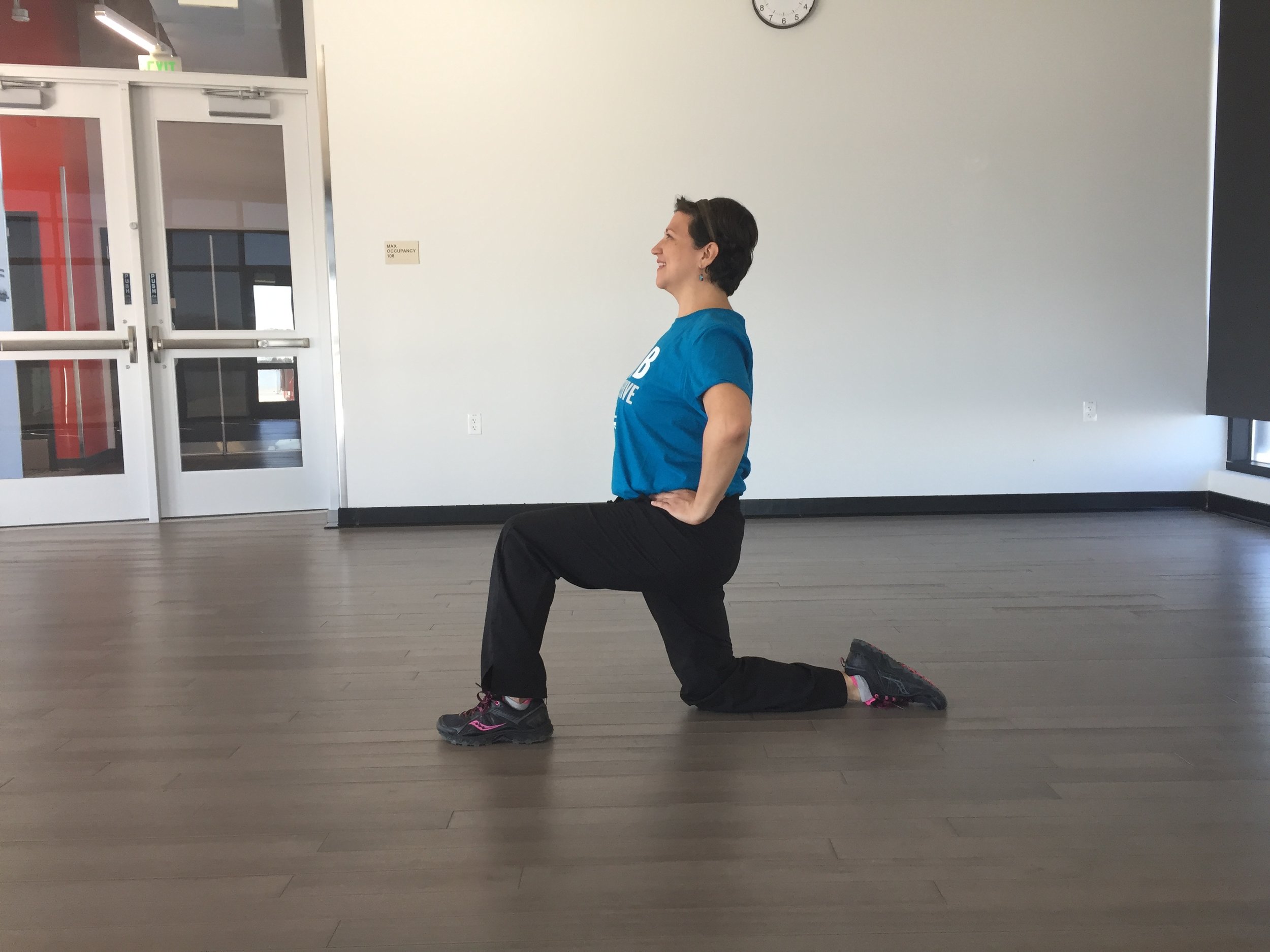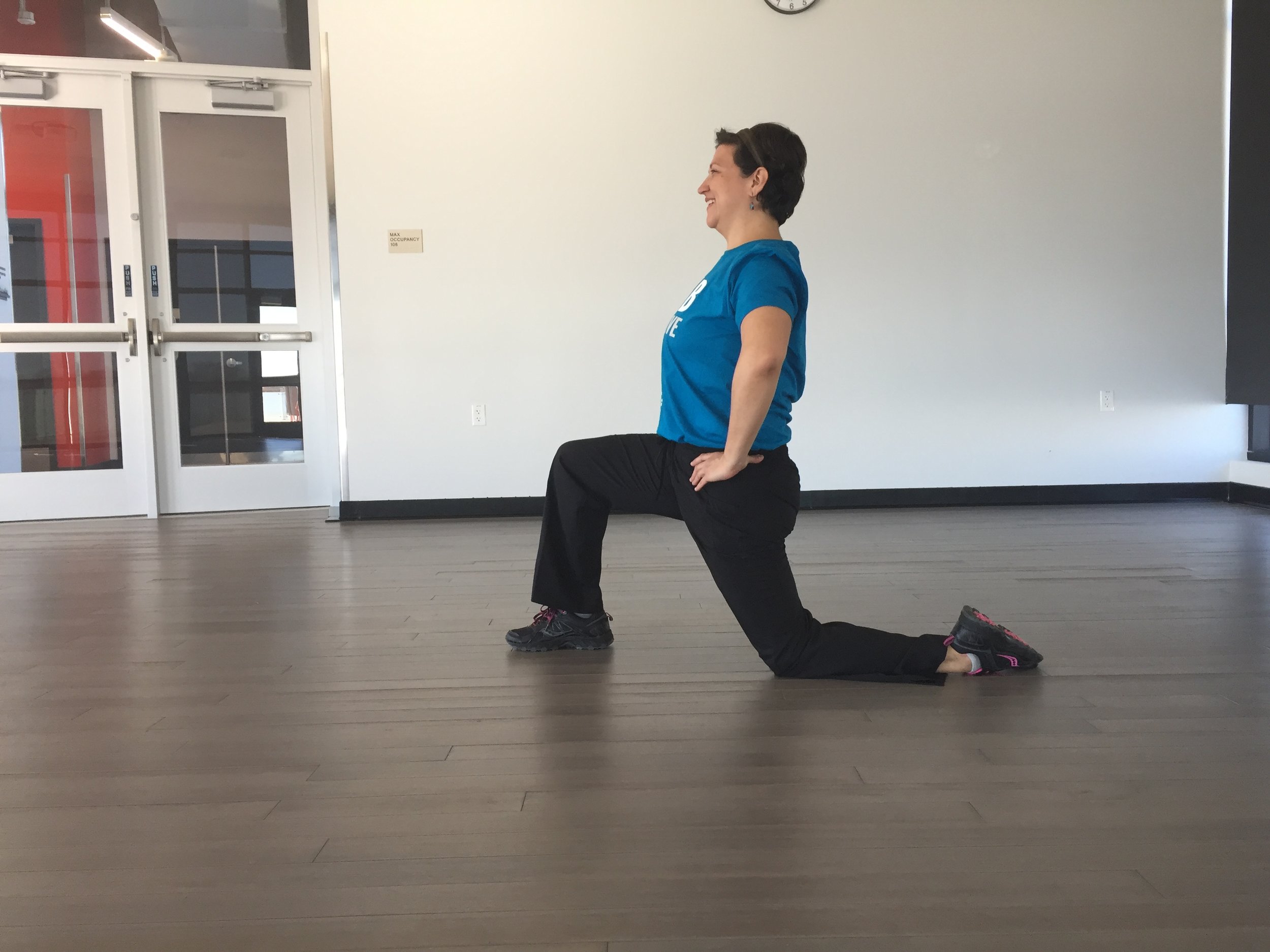Find Your Buddy
Key to Achieving Your Biggest Goals
By: Patrick S. Cross, LMT, CPN, CET
“I just don’t know where to start.” He told me. “It seems like such a huge mountain I need to climb, but I’m not even at the bottom yet. I’m not even outside. I haven’t left the house. I’m basically still in bed hitting the snooze button over and over again.”
“But you do want to climb that mountain, right?” I asked.
“Well, yeah.” He exclaimed. “Why do you think I’m here?”
Arty was having trouble. He was dealing with chronic low back pain that made it difficult for him to work, he’d gained a lot of weight in the past few years, and he just wasn’t feeling good about life.
I’d been treating him for his back pain with massage and stretch therapy, and we could get his spasms and flare-ups to calm down, but by the end of the week it would be right back where it was before. There were big pieces of his life that needed to change if he was really going to get better.
“So what do you think is the most important thing for you in getting back on top?” I asked.
“Isn’t that what you’re supposed to be telling me?” He threw his hands up.
“What do you think I’m going to tell you?” I asked.
“You’re going to tell me that I need to loose some weight. I need to start eating healthier and exercising more.” He said. “I probably need to go Keto or Paleo or Vegan or something right? And I need to start doing Yoga six times a week, and go running, and get into Orange Theory or find some Cross Fit boot camp, and wake up at five in the morning and meditate and drink shiitake mushroom and alfalfa tea, right?”
“That’s a lot.” I laughed.
“It’s too much.” Arty put his hands down and sighed. “I know there’s all this stuff I need to do but I just can’t do it all. It’s just too much.”
“Arty, you need to find your buddy.” I said.
“Huh?” He raised an eyebrow.
“Your buddy, Arty.” I leaned forward. “You need to find your buddy. Find the person who is trying to climb the same mountain that you’re trying to climb. It is a big mountain. It’s huge; your own personal Everest. And yes there might be yoga, and some sort of Vegan or Paleo diet, and maybe some Cross Fit or Fit 36 or 24 hour fitness or Fit Blast 2020 (made that last one up) or who knows, you may become a triathlete or a climber or an ultra marathon runner. And yeah, you may even find yourself starting every day at five a.m. with a hot cup of alfalfa tea, but none of that matters right now.”
“What do you mean?” He seemed confused.
“I mean all of that will come in time.” I said. “What matters most right now is that you find a buddy to start the journey with. The right person to keep you motivated and accountable, and who will need you to do the same for them. You may know this person already, you may not, but when you find that person the mountain won’t seem the same any more. It won’t be me against the impossible it will be us against the mountain, one step at a time. Then when you fall, which will undoubtedly happen, your buddy will be there to lift you up and get you back on track. And when your buddy falls you’d better damn well be there to lift them up and get them back on track too.”
“That’s where you start, Arty,” I continued, “you are now on a mission to find your buddy. It may take a few tries to find the right one, but you’ll know pretty quick who’s going to be the right buddy and who isn’t. And when you do find them all the other stuff will come along in it’s own time, and you’ll be figuring it out together.”
It’s true that many of the people I work with need complex or integrated therapy, a tailored dietary approach, or a mapped out exercise program to accomplish very specific goals at specific times. However, If you are like Arty, just trying to get started and seeing all of these things that need to happen as an impossible mountain; it may be that the most important key to your success is finding your own buddy who wants to climb that mountain right along side you.
